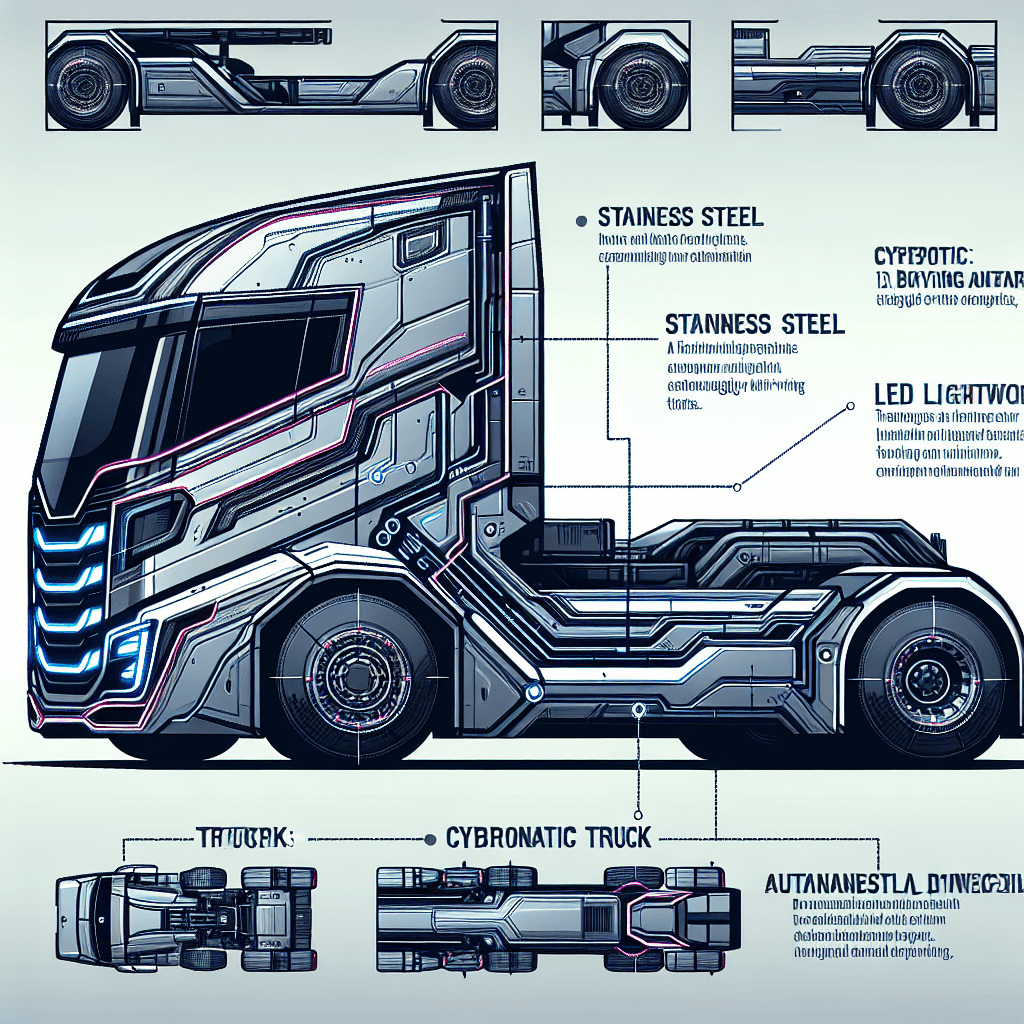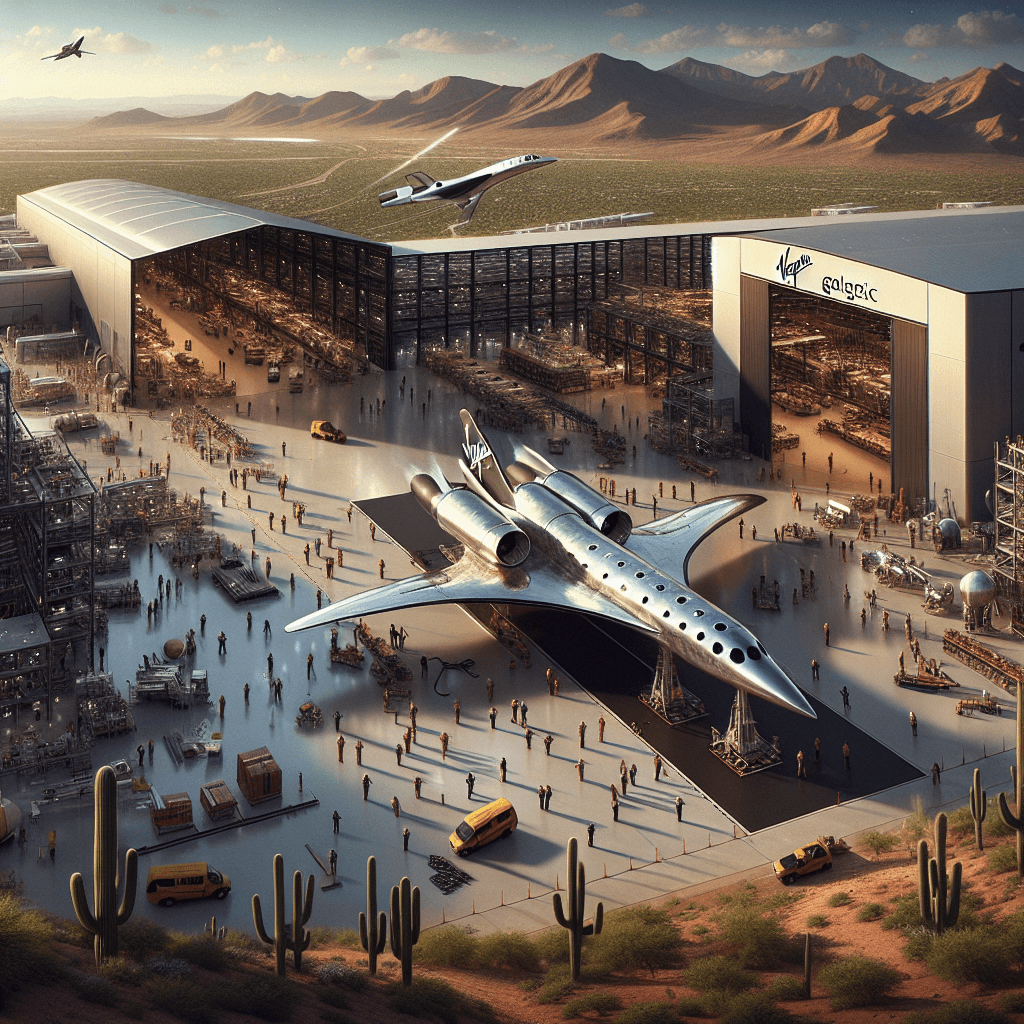Date:
27/11/2023
Listen to this article:
AR vs VR: Augmented Reality (AR) enhances real-world environments with digital overlays, while Virtual Reality (VR) immerses users in a fully digital environment.
Industry Applications: Both AR and VR are revolutionizing industries like gaming, education, healthcare, and retail with unique applications.
Market Growth: The AR, VR, and mixed reality market is expected to reach nearly $300 billion by 2024, indicating significant growth and adoption.
Future Potential: As technology advances, AR and VR are set to offer even more innovative solutions in various sectors.
Understanding Augmented Reality (AR) and Virtual Reality (VR)
The technological landscape has witnessed a significant shift with the rise of Augmented Reality (AR) and Virtual Reality (VR). These technologies, by blending or replacing the real world with digital elements, are transforming various industries and the way we interact with digital content. AR integrates digital content into the real-world environment, allowing users to see computer-generated elements like images or 3D models superimposed on their view of the physical world. Its primary aim is to enrich physical reality with digital enhancements. In contrast, VR immerses users in a fully simulated digital environment, using headsets to create a sense of presence in a computer-generated, three-dimensional world.
Diverse Applications in Various Industries
AR and VR have found applications across several domains. In gaming and entertainment, AR is used in popular apps like Pokémon Go, while VR enhances experiences in virtual theme park rides and interactive gaming. Educational tools leverage AR for immersive, engaging content and VR for simulating environments like historical sites. In retail, AR helps customers visualize products online, and VR enables brands to offer interactive product showcases. Healthcare applications range from AR-assisted surgical planning to VR environments for patient therapy and rehabilitation.
Economic Impact and Future Trends
The economic and cultural impact of these technologies is significant. The global market for AR, VR, and mixed reality (MR) reached $29.26 billion in 2022 and is projected to exceed $100 billion by 2026. This growth is driven by businesses incorporating these technologies for enhanced operations and customer experiences. The gaming and entertainment industry, in particular, is a major demand driver in the AR and VR market. Looking ahead, we can expect continued innovation and broader application of AR and VR technologies across various sectors.
About the author
Evalest's tech news is crafted by cutting-edge Artificial Intelligence (AI), meticulously fine-tuned and overseen by our elite tech team. Our summarized news articles stand out for their objectivity and simplicity, making complex tech developments accessible to everyone. With a commitment to accuracy and innovation, our AI captures the pulse of the tech world, delivering insights and updates daily. The expertise and dedication of the Evalest team ensure that the content is genuine, relevant, and forward-thinking.
Related news

Top Gadgets of 2023: Perfect Christmas Gifts for Tech Enthusiasts
Explore the best gadgets of 2023, from VR headsets to smart glasses, perfect for tech-savvy Christmas gift-giving.

Tesla's Cybertruck: Revolutionizing the Electric Pickup Market
Tesla's Cybertruck is set to redefine the electric pickup truck market with its unique design, advanced features, and powerful performance.

Virgin Galactic's New Spaceship Manufacturing Hub in Arizona
Exploring Virgin Galactic's new state-of-the-art spaceship manufacturing facility in Mesa, Arizona, dedicated to producing the next-generation Delta class spaceships.